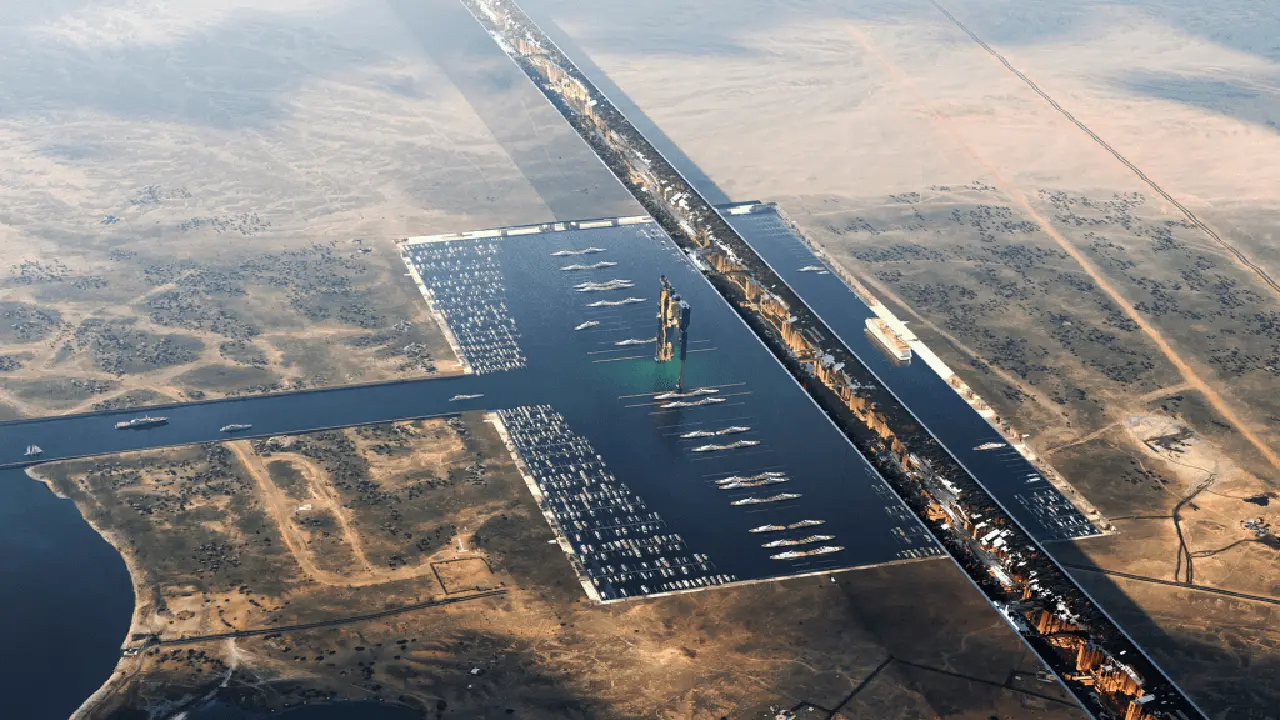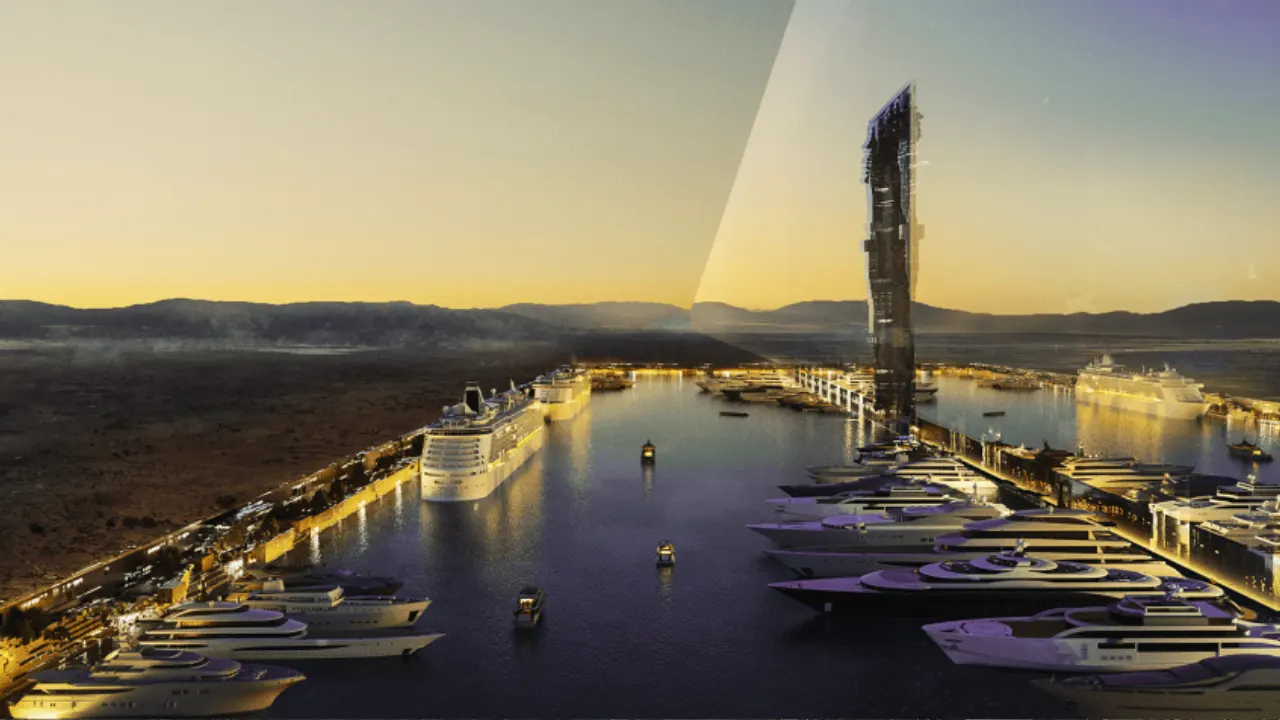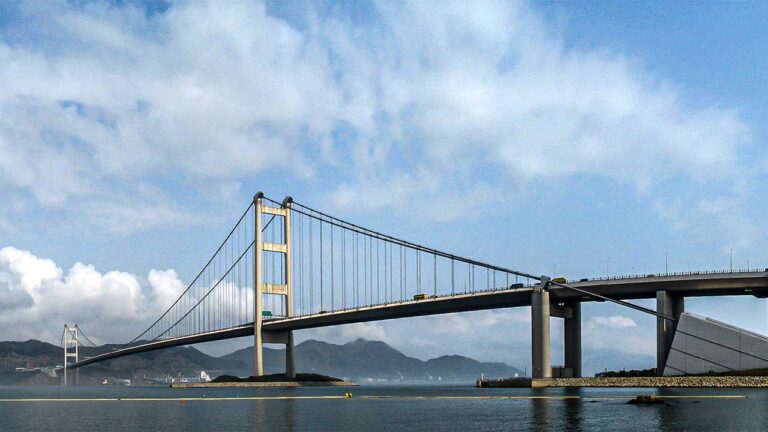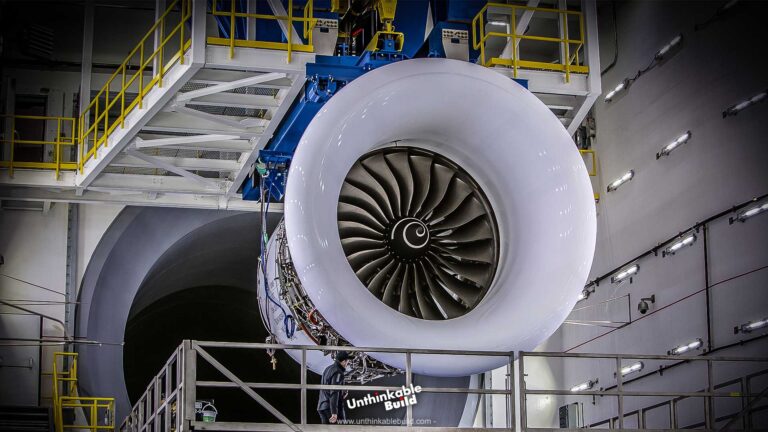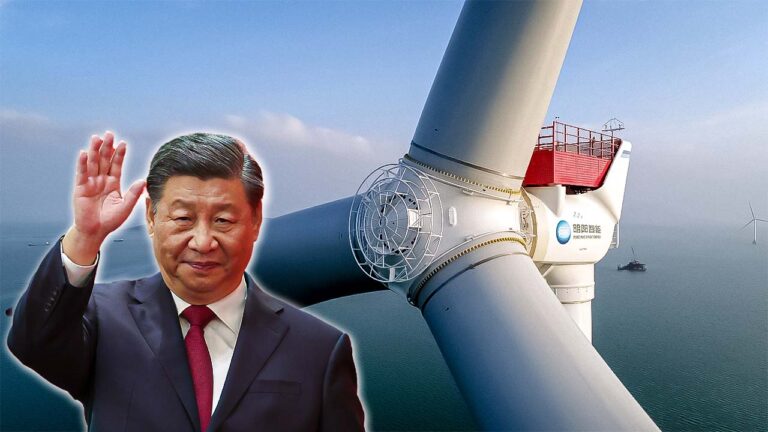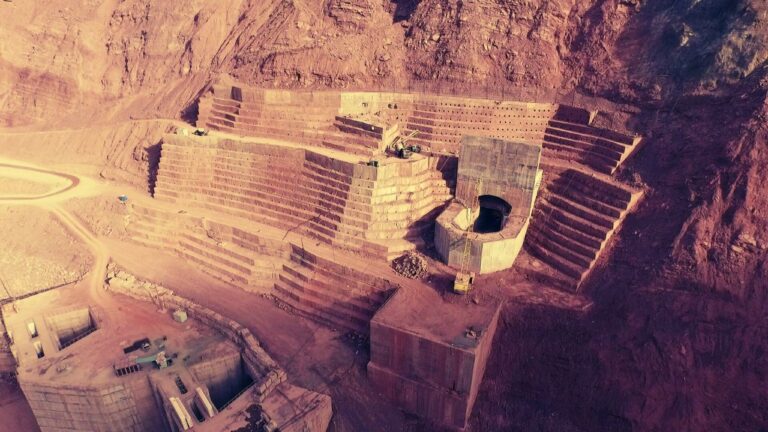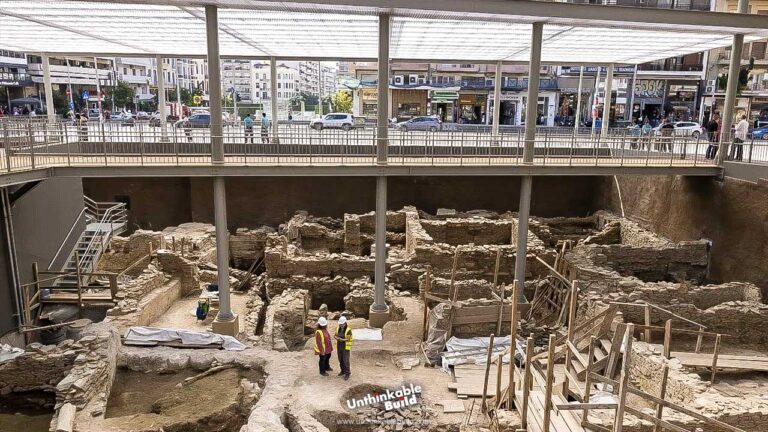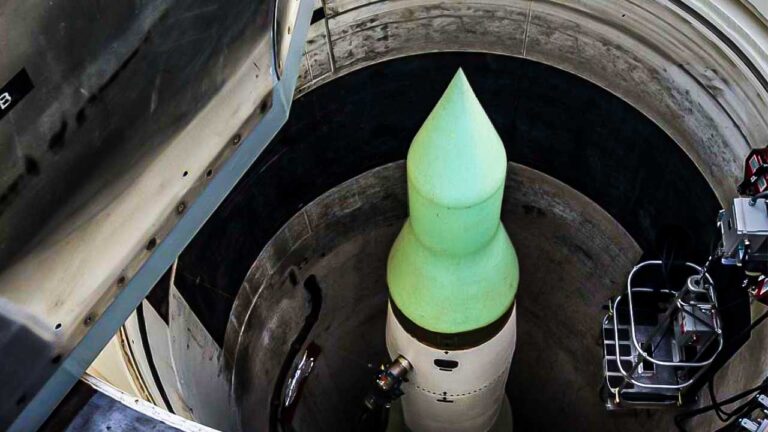Beneath the Sand: The Untold Story of NEOM’s Hidden Marina
In the heart of Saudi Arabia’s desert, a $500 billion mega-city is rising from the dust. NEOM, a futuristic urban vision powered by renewable energy and bold ambition, has captured the world’s attention with its mirrored skyscrapers and vertical cityscape. But its most radical feature doesn’t shimmer in the sun or scrape the sky. It’s buried deep beneath the surface hidden under layers of rock, sand, and secrecy.
This is the story of NEOM’s subterranean marina a silent engineering gamble with global consequences. Carved into the Red Sea coastline and tucked beneath the mirrored edge of a half-kilometer skyscraper, this underground port is more than an architectural feat. It’s a bold geopolitical play, a test of engineering at the limits of possibility, and a vision of how cities might function in a world of rising seas and shifting power.
I stood near the excavation site in late 2024, and the scale of what’s happening below ground shook me far more than anything gleaming above.
Why Build a Marina Underground?
Saudi Arabia isn’t just thinking big with NEOM it’s thinking differently. The Hidden Marina sits beneath the coastal edge of “The Line,” a 170-kilometer-long linear city that slices across the desert like a blade of glass. The first phase, stretching 2.5 kilometers near the Red Sea, is where this underground port comes to life.
Unlike traditional ports that sprawl outward, this one folds inward. Everything from luxury yachts to cargo shipments arrives and departs unseen. The concept is simple: reduce surface congestion, hide heavy logistics, and keep the urban experience uninterrupted. But the execution is anything but simple.
Beneath the glass-and-steel facade of The Line lies a fully integrated marine terminal. High-end yacht slips sit alongside freight bays and robotic cargo zones. Smart elevators and underground tunnels connect shipments directly into the city’s inner core. No trucks, no cranes, no noise above ground.
This is the foundation of what NEOM calls “Zero-Gravity Urbanism” a design strategy where entire urban layers stack vertically. Residential zones, office towers, hotels, and even a 350-meter-high suspended stadium hover above the port. Every square meter is optimized. Space isn’t just saved it’s engineered to operate in three dimensions.
By 2034, that stadium could host FIFA World Cup matches powered entirely by renewable energy. But all of it depends on what lies underneath.
Building Beneath a 500-Meter Skyscraper
Constructing anything under a coastal mega-structure is a massive risk. Doing it beneath a 500-meter skyscraper multiplies the danger. The weight above is measured in millions of tons. Engineers must ensure the rock below can support the vertical load without shifting or collapsing.
To manage this, NEOM’s engineers are reinforcing the site with deep load-bearing pillars, vibration sensors, and AI-controlled excavation techniques. Each dig is monitored in real-time, with excavation patterns adjusted constantly to maintain structural balance. These aren’t just trenches. They’re carefully carved cavities designed to survive pressure, saltwater exposure, and seismic vibration.
As of 2025, over 90 million cubic meters of sand and rock have already been removed. That’s enough material to fill 36,000 Olympic-sized pools. Much of this excavation is taking place in 800-meter segments. This modular approach allows engineers to test, adapt, and course-correct before scaling up.
The workforce is staggering. Around 5,000 workers are assigned to the marina zone alone, with over 140,000 operating across NEOM’s broader footprint. This is one of the most labor-intensive construction efforts in the world right now and every day counts.
Climate, Corrosion, and the Red Sea Challenge
Building next to the Red Sea presents more than engineering obstacles. It introduces powerful environmental threats. The Red Sea is salty, hot, and prone to violent storm surges. Corrosion is constant. Flooding is inevitable.
To counter this, the marina’s defenses include submersible floodgates, reinforced marine barriers, and high-capacity drainage systems. These aren’t off-the-shelf solutions. Every component is built for a worst-case scenario, including rising sea levels caused by climate change.
Engineers are embedding pressure-sealed tunnels, emergency vertical shafts, and redundant power systems deep into the marina’s infrastructure. Logistics tunnels are designed to function during blackouts or water breach events. The goal is full operational resiliency even in the event of regional flooding or climate emergencies.
NEOM claims the marina will operate as a zero-emission, closed-loop facility. Hydrogen-powered ferries, AI-optimized freight handling, and eco-certified construction materials are all part of the promise. Wastewater will be recycled on-site. No pollution. No surface discharge.
But there’s a catch: many of these systems are still in development. Independent reviews of their environmental impact remain incomplete. As of mid-2025, no full-scale peer-reviewed studies have been released. That gap leaves room for doubt and scrutiny for details you can read this Why Saudi Arabia’s $3 Trillion Vision May Never Come True?
A New Node in Global Trade
Beyond engineering, the marina is a statement of intent. NEOM lies just a few hundred kilometers from the Suez Canal, through which 10 to 12 percent of global trade flows. This is not a coincidence. The Hidden Marina could allow Saudi Arabia to tap into this route in a new way quietly, efficiently, and with geopolitical reach.
A strategically placed underground port in the Red Sea opens the door to rapid-response logistics, discreet naval operations, and ultra-secure trade channels. In a region where maritime territory is increasingly contested, that’s a power play.
This also ties directly to Saudi Arabia’s Vision 2030 a blueprint for economic diversification that aims to shift the kingdom away from oil and toward high-tech, high-value sectors like tourism, logistics, and clean energy. If NEOM succeeds, the Hidden Marina won’t just be a port. It will be an entry point to the new Saudi economy.
A VIP Experience Below the Surface
For the elite, the marina offers more than cargo and convenience. It offers discretion. The docks are being designed so that private vessels can enter, unload, and disappear without any public visibility. Passengers may arrive in the city without ever touching street level.
Inside the subterranean complex, plans include underwater observatories, marine research labs, and even floating concert venues. All of it will be connected through a network of elevators and tunnels that integrate directly into The Line’s vertical structure.
This design caters to a specific audience: the ultra-wealthy, the security-conscious, and the tech-driven traveler who wants access without exposure. It’s an entirely new form of arrival silent, smooth, and unseen.
The Environmental Question
The Red Sea is one of the world’s most biologically resilient marine zones. Its coral reefs have survived for millennia, even in extreme temperatures. That makes them precious and vulnerable.
NEOM has pledged to build the world’s first zero-emission port, one that minimizes dredging, sediment disruption, and ecological damage. But promises aren’t proof. Until full environmental reports are published and verified, no one can be certain how much damage this port could inflict.
The stakes are high. If the reefs die, the Red Sea loses its ecological identity. If the systems fail, the region could face long-term marine degradation.
A Model for Future Cities?
If NEOM’s Hidden Marina works, it could rewrite how cities interface with oceans. Ports have always been loud, messy, and land-hungry. This concept discreet, efficient, and integrated offers a path forward.
Cities like Tokyo, Dubai, or Singapore could look to this model in a world where coastlines are shrinking, populations are growing, and every square meter counts. An underground marina isn’t just possible. It could become essential.
But it’s also a gamble in one of Earth’s most hostile environments. NEOM is balancing on a knife’s edge between ambition and realism. The Hidden Marina might become a marvel of modern engineering or a $500 billion reminder that not everything should be built.
What I saw in that excavation pit wasn’t just construction. It was the weight of a nation trying to prove something to the world.

